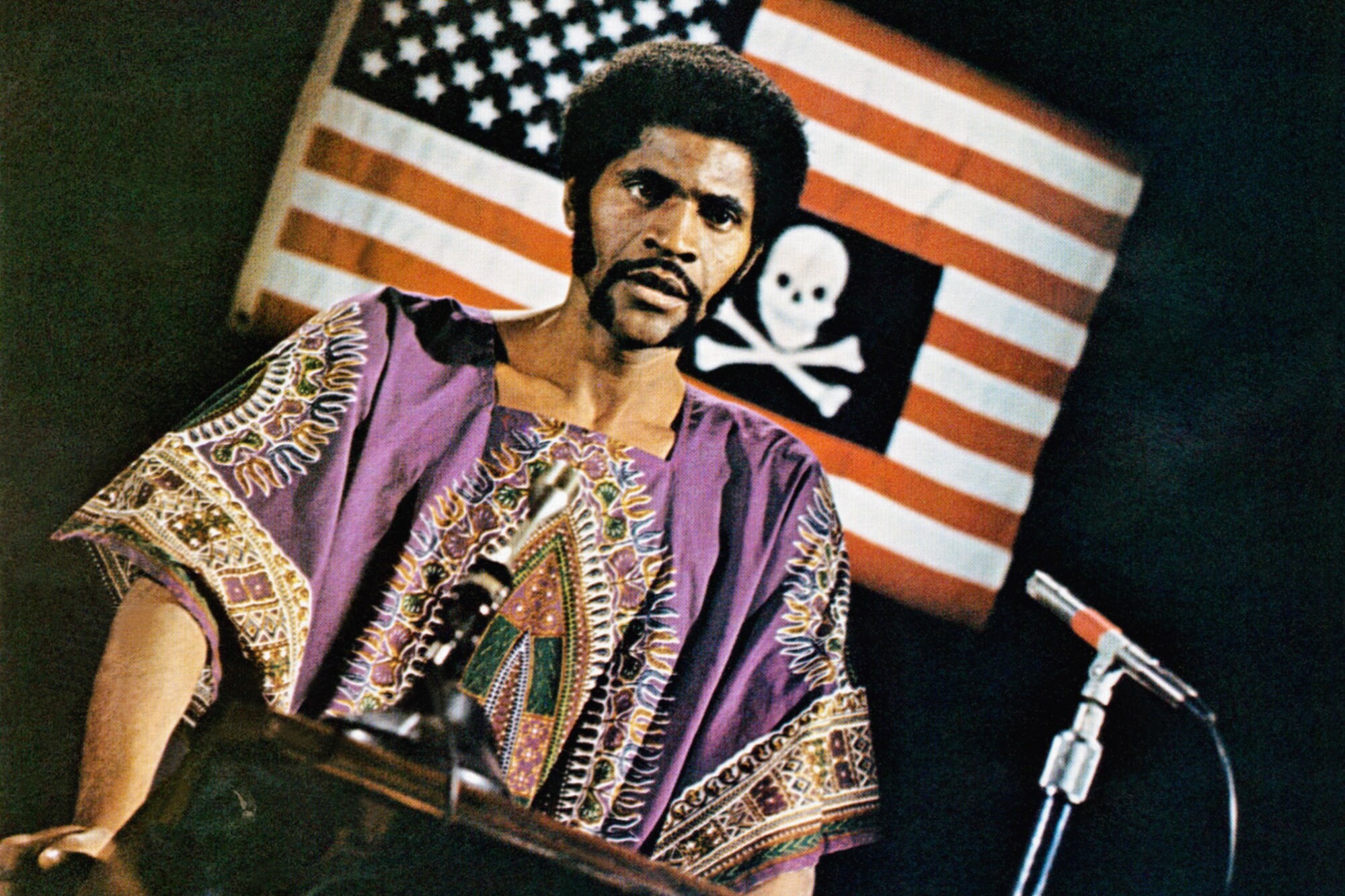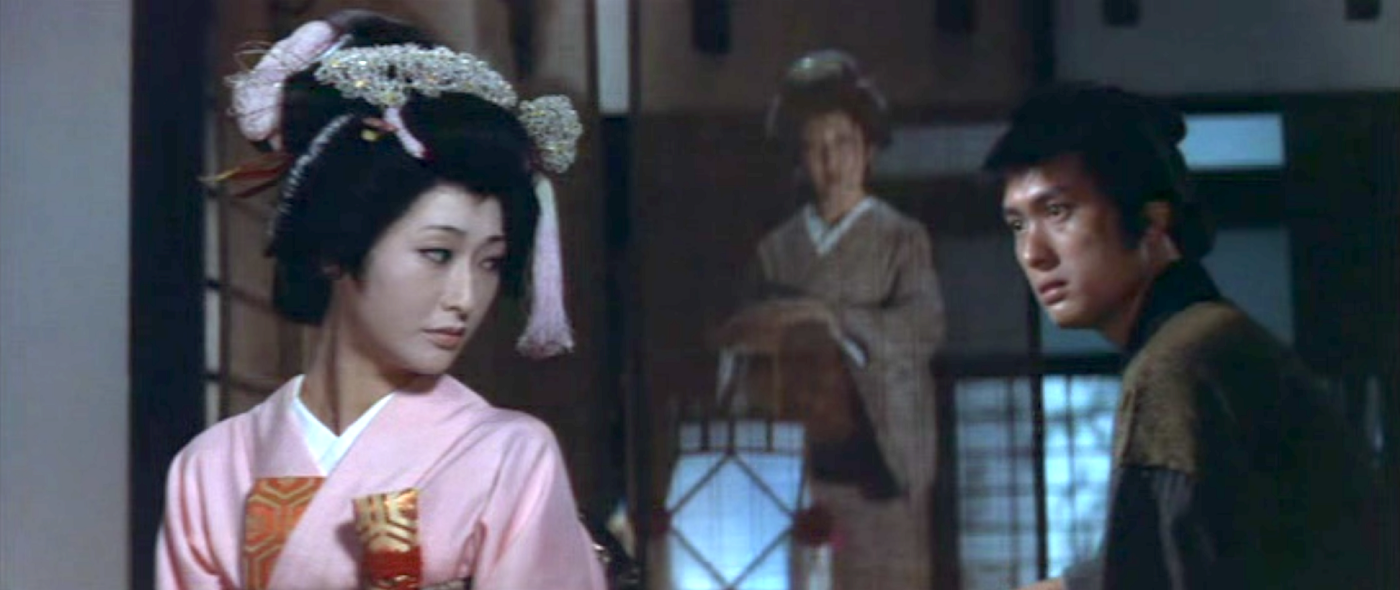
Hayao Miyazaki released his anime film Spirited Away in 2001. The film is dense with layered meaning and steeped in traditional Japanese folk tales. Many of the film’s different themes come together in a spectacular scene where a river spirit comes to the bath house to be cleaned.
As always Miyazaki combines a wide variety of drawing styles in each frame. The level of detail and the rendering of light and shadow vary depending on what is being depicted. Chihiro’s face is composed of just a few lines on a flat surface, whereas Yubaba’s face is full of naturalistic wrinkles and dark graded shadows. The bath house is highly detailed and the lights shimmer as they filter through the steam but the flowing, splashing water of the baths looks more like a stylized Hokusai print.
The river spirit is introduced as a dark silhouette in the rain. He enters the bath house and his smell is immediately apparent. Through reaction shots, putrid brownish, green vapors, and dripping gobs of goo Miyazaki makes the stench palpable. The entire scene has a remarkable presence. The heat of the bathwater, the stickiness of the mud, the slippery floor all draw the audience into an immediate and almost tactile interaction with the elements on screen.
The tension comes from the mystery of what is under all that mud, and whether it is friend or foe. The scene functions as a crisis point in Chirhiro’s hero’s journey. This is an opportunity to prove herself. One level of our engagement is our rooting for her success but under the simple message about a young girl’s maturation there are larger messages about environmentalism, animism and tradition.
This ancient and noble river spirit has been defiled by the modern world. The selfishness and carelessness of contemporary society has befouled him. This short sighted, self absorption is reflected in all the workers in the bathhouse. Each of them is a transactional, little capitalist without any sense of community or compassion. It is greed that contaminates them and in turn causes them to contaminate the river.
This materialism is also reflected in the constant consumption and expulsion that occurs throughout the film. The modern industrial human is a consumer and his or her consumption is inevitably followed by expulsion. We consume coal like in Komaji’s furnace and expel smoke and soot. We consume food like No Face and expel it as waste. In the River Spirit scene it is the River Spirit’s turn to expel his burden with the help of the bathhouse.
The River Spirit represents the ancient traditions and customs of Japan. It is an embodiment of Japanese culture. He references the animism of Shinto and the folk mythology of the Yokai. He is an older way of understanding nature and our relationship to it. In the Shinto religion the world is a place that must be balanced and respected. The spirits of our ancestors, the ghosts and demons of the wilderness, the power of mountains and rivers, must all be recognized and negotiated. They must get the attention they are due. Capitalism and industry threaten to pave over Japan’s cultural history. Saving The River Spirit is a way to breath new life into a past that must not be left behind.
All these themes are brought together in one compelling struggle to pull the mass of garbage and debris out from inside the spirit. The rusted, mangled morass of junk that eventually tumbles out is met with a collective cheer. The self-interest of the rabble is temporarily suspended as they pull together to accomplish this task, but as soon as it’s over they fight over the gold that is left behind.
In just a few minutes Miyazaki manages to bring a whole world view into focus. The layers of meaning come together along with the drama of the situation to create a rich and memorable scene. We are drawn into an alternate world that satirizes our own and helps reveal the nature of how we relate to our environment and to each other.

If you enjoyed this article click here for more
www.filmofileshideout.com/archives/the-glory-that-is-child-of-peach



